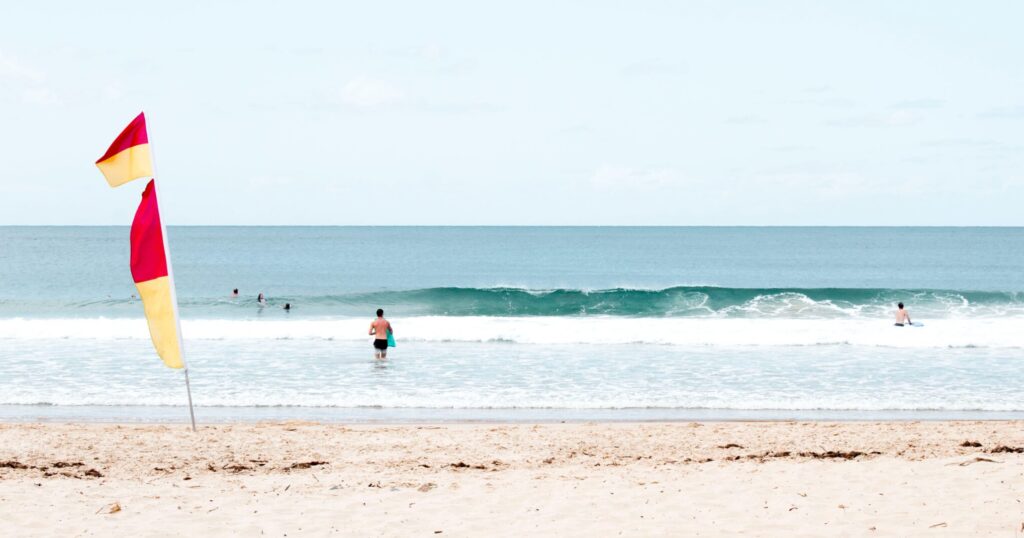Visitors to Australia will be keen to experience activities that involve seeing and getting close to beautiful sea animals, whether through snorkelling or scuba diving. Tours would be the safest way to see these. According to SLS, most of them are harmless if left alone, and they are not aggressive. However, it's always best to follow the "no touch" rule if you come close to any such animals.
Some sea animals, including sea urchins, sharks, sting rays, and box jellyfish, may sting or bite. Box jellyfish, which are highly venomous, are found in northern waters between November and May.
In other parts of Australia, the bluebottle jellyfish is common. Though not deadly, they can give a nasty sting. Many lifeguard-protected beaches will erect warning signs when there is an influx of bluebottles and sometimes even close down popular beaches if there's a hazardous amount of them.
Many popular beaches are fitted with underwater netting to keep sharks away, and patrolled beaches monitor the waters for sharks. They will warn swimmers using a loud alarm if they spot one. Therefore, to reduce your chance of encountering a shark, swim at a patrolled beach, and swim between the flags. Avoid swimming at dusk and dawn, when you can see people fishing.
Australia.com’s website states that crocodiles only live in the tropical north. If visiting the beaches in this region, there will be croc warning signs, and it's recommended to stay clear.
SLS has a Coastal Safety booklet that contains images and information about dangerous marine life, how to avoid them, and what to do if you get hurt.


